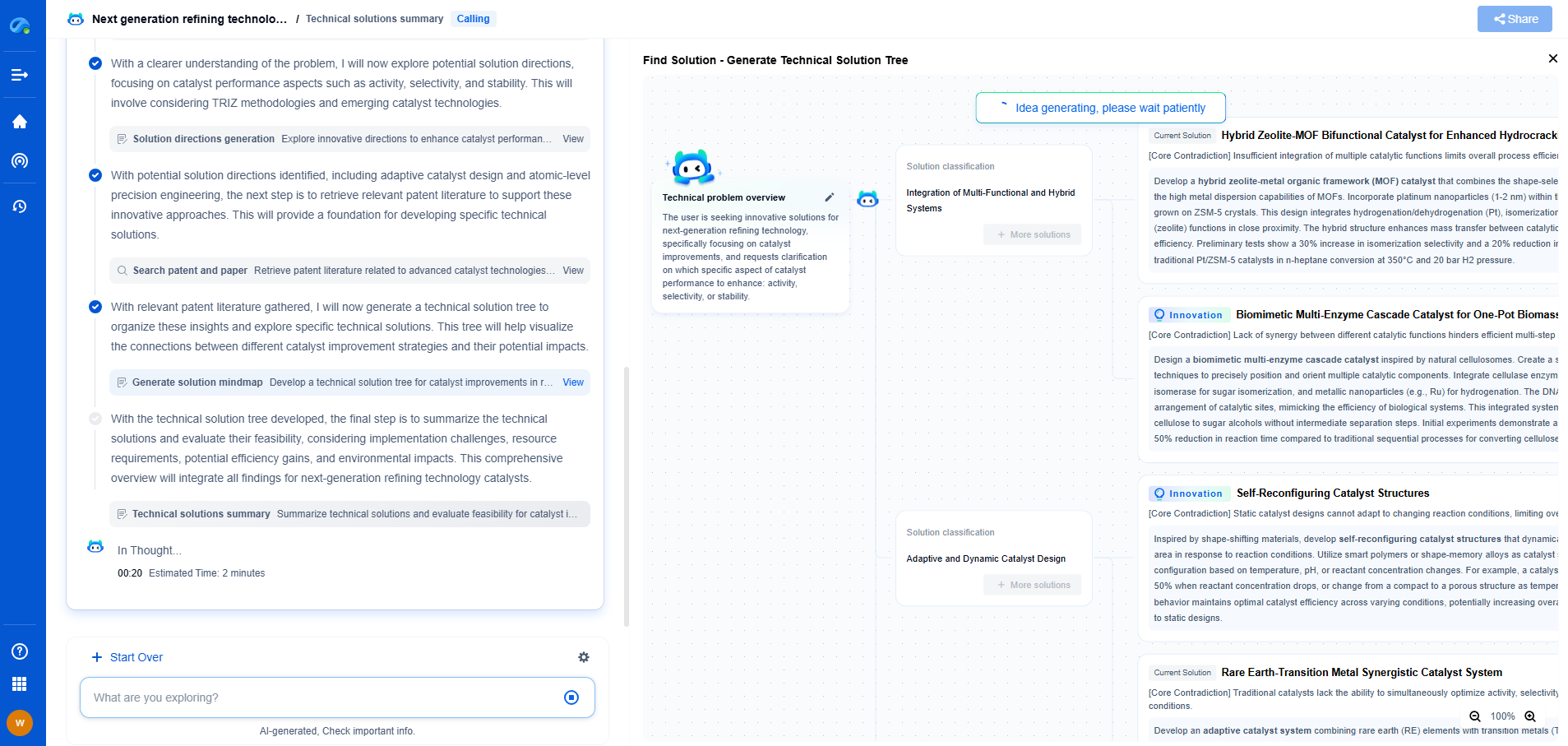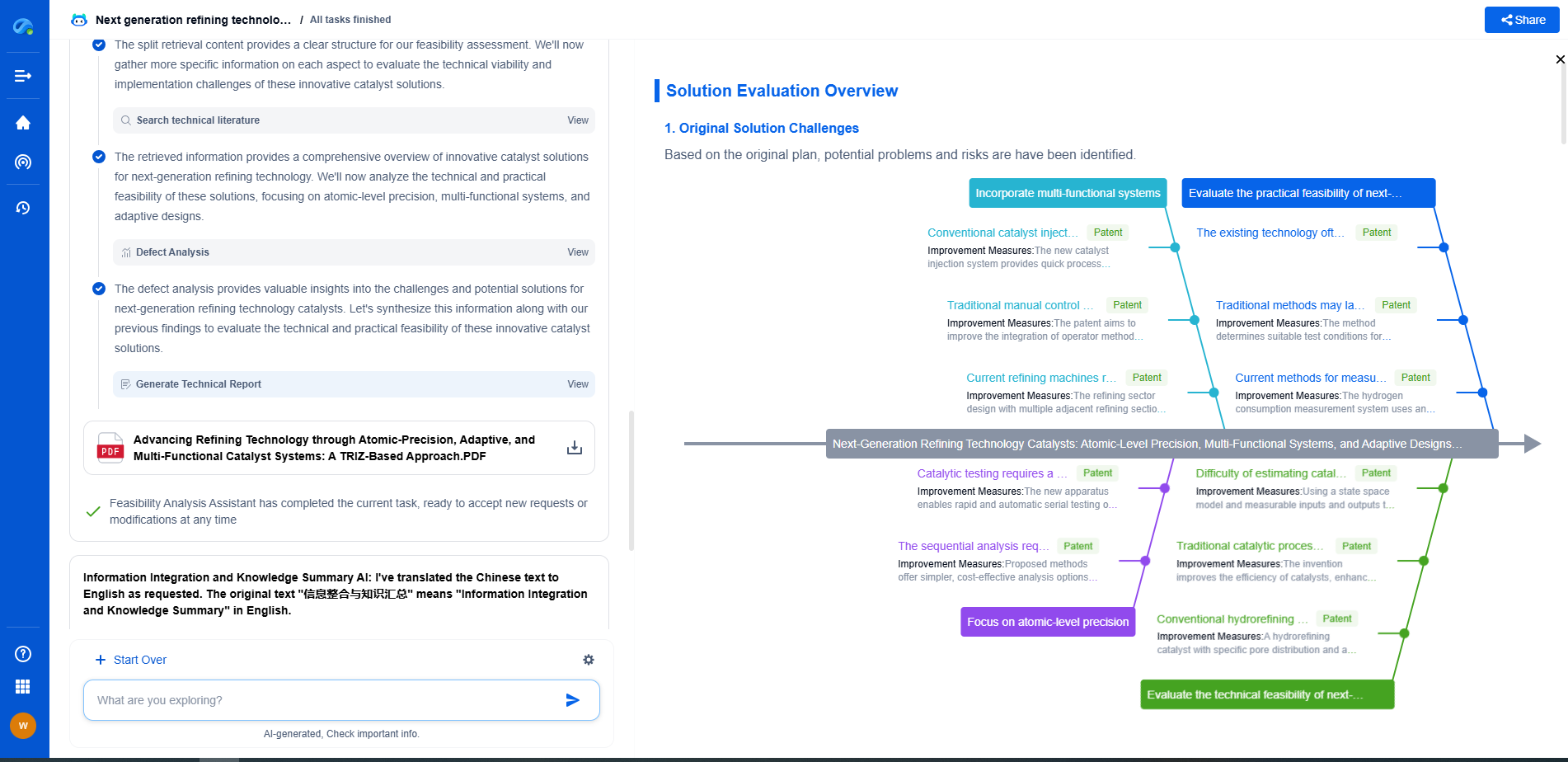How to fine-tune laser focal position for better cutting results
JUN 26, 2025 |
Understanding Laser Focal Position
Before diving into the process of fine-tuning, it's essential to understand what laser focal position means. The focal position refers to the specific point where the laser beam converges to its smallest diameter, maximizing energy density. This precise focus is crucial for clean and accurate cuts. A misaligned focus can result in cuts that are too wide, inconsistent, or even incomplete.
Why Fine-Tuning is Crucial
Fine-tuning the focal position has several benefits. Primarily, it increases precision, ensuring that the cuts are clean with minimal kerf width. Additionally, a well-adjusted focus can help prevent issues like dross formation and overheating, which can damage the material. Moreover, achieving the correct focus can enhance the overall speed of the cutting process, resulting in improved productivity and reduced operational costs.
Steps to Fine-Tune Laser Focal Position
1. Identify the Material and Thickness
Different materials and their thicknesses require different focal adjustments. Begin by identifying the material you are working with and its thickness. This information is crucial as it guides the initial settings of your laser machine.
2. Set the Initial Focal Length
Refer to the manufacturer’s guidelines to set the initial focal length. This is typically a good starting point but remember that it may require adjustments based on your specific material and application.
3. Conduct a Test Cut
Perform a test cut on a sample of your material. Observe the quality of the cut, paying attention to the edge finish, kerf width, and presence of any burrs or dross. This test cut will provide a baseline for adjustments.
4. Adjust the Focal Position
Based on your observations from the test cut, make small adjustments to the focal position. If the cut is too wide or incomplete, the focus might be too high or low. Use the laser cutter's controls to adjust the focal point incrementally, making small changes and retesting each time.
5. Analyze and Document Results
After each adjustment, analyze the results. Keep a detailed record of the settings that work best for each material type and thickness. Documenting these results will make future projects more efficient and ensure consistency in quality.
6. Optimize for Speed
Once you achieve the desired cut quality, consider adjusting the cutting speed. A properly focused laser can often cut faster while maintaining quality. Experiment with different speeds, maintaining focus on achieving a balance between quality and efficiency.
Common Challenges and Solutions
1. Inconsistent Cutting Quality
If you experience inconsistent quality, check for environmental factors like vibration or temperature fluctuations. Ensure the laser is adequately maintained and that the lens is clean and free of debris.
2. Material Variability
Different batches of the same material can have slight variations in composition or thickness. Always perform a test cut to account for these differences, even if you have previously documented settings for that material.
3. Equipment Calibration
Regularly calibrate your equipment to maintain precision. Over time, components may shift or wear, affecting the laser’s performance.
Conclusion
Fine-tuning the laser focal position is a critical step in optimizing cutting results. By understanding the principles of laser focus and systematically adjusting and documenting your settings, you can achieve superior cutting quality that meets the demands of your projects. Consistent practice and attention to detail in this area not only improve the quality of your work but also enhance efficiency and reduce costs.
Empower Electromagnetic Innovation with Patsnap Eureka
From high-frequency antenna arrays and electromagnetic shielding to plasma propulsion and wave-based energy transfer, the electromagnetic domain sits at the core of next-generation technologies. Yet navigating its vast landscape of patents, research papers, and evolving technical standards can be time-consuming and complex.
Patsnap Eureka, our intelligent AI assistant built for R&D professionals in high-tech sectors, empowers you with real-time expert-level analysis, technology roadmap exploration, and strategic mapping of core patents—all within a seamless, user-friendly interface.
👉 Experience Patsnap Eureka today and transform how your team navigates the complexity of electromagnetic innovation.
- R&D
- Intellectual Property
- Life Sciences
- Materials
- Tech Scout
- Unparalleled Data Quality
- Higher Quality Content
- 60% Fewer Hallucinations
Browse by: Latest US Patents, China's latest patents, Technical Efficacy Thesaurus, Application Domain, Technology Topic, Popular Technical Reports.
© 2025 PatSnap. All rights reserved.Legal|Privacy policy|Modern Slavery Act Transparency Statement|Sitemap|About US| Contact US: help@patsnap.com

